After four years of concepts, name changes, spy shots, and teases, Porsche has finally unveiled their first all-electric sports car, the Porsche Taycan.
When Porsche announced that they were developing a fully-electric car that would give Tesla a run for their money, we were cautiously optimistic. After all, they’re not the first company to try this and fail miserable. But the performance numbers looked good. 0-60 in 2.6 seconds, a top speed of 161mph, all-wheel drive, and a range of roughly 300 miles.
The problem? The price. Initially, Porsche said that the Taycan would start at under $100,000. But when they announced the pricing today for the first two variants, the Taycan Turbo and the Taycan Turbo S, we had a bit of sticker shock. The Taycan Turbo and Taycan Turbo S will set you back a staggering $150,900 and $185,000, respectively.
Ouch! Much like what Tesla did with the Model 3, Porsche came out the gate with two of their more expensive variants, with a less-powerful rear-wheel drive version to be released at some point down the line, though no timeline has been given. Something tells me that people with deposits on the Taycan aren’t going to be thrilled with this.
Regardless, it’s nice to see other manufacturers stepping up their electrification efforts, even if they are years behind the competition and forced to play catch up. While the Taycan isn’t quite the Tesla Model S killer that it was originally touted as, especially when you factor in the price premium, it’s the first real legitimate competitor out there.
For those of you interested in learning more about the Porsche Taycan, you can read the press release below:
Porsche presented its first fully-electric sports car to the public today with a world premiere held simultaneously on three continents. “The Taycan links our heritage to the future. It carries forward the success story of our brand – a brand that has fascinated and thrilled people the world over for more than 70 years,” said Oliver Blume, Chairman of the Executive Board of Porsche AG, who opened the world premiere in Berlin, “This day marks the start of a new era.”
The four-door sports sedan is a unique package, offering characteristic Porsche performance and connectivity with everyday usability. At the same time, highly advanced production methods and the features of the Taycan are setting new standards in the fields of sustainability and digitalization. “We promised a true Porsche for the age of electric mobility – a fascinating sports car that not only excites in terms of its technology and driving dynamics, but also sparks a passion in people all over the world, just like its legendary predecessors have done. Now we are delivering on this promise,” emphasizes Michael Steiner, Member of the Executive Board of Porsche AG – Research and Development.
The first models in the new series are the Taycan Turbo S and Taycan Turbo. They are at the cutting edge of Porsche E-Performance and are among the most powerful production models that the sports car manufacturer currently has in its product range. Less powerful variants of these all-wheel drive vehicles will follow this year, and the first derivative to be added will be the Taycan Cross Turismo at the end of next year. By 2022, Porsche will have invested more than 6.6 billion dollars in electric mobility.
Performance meets efficiency
The flagship Turbo S version of the Taycan can generate up to 750 horsepower (560 kW) of power in combination with Launch Control and overboost, while the Taycan Turbo can produce up to 670 horsepower (500 kW). The Taycan Turbo S will therefore accelerate from zero to 60 mph in 2.6 seconds, while the Taycan Turbo can complete this sprint in 3.0 seconds. The top track speed of both all-wheel-drive models is 161 mph.
The Taycan is the first production vehicle with a system voltage of 800 volts instead of the commonly used 400 volts for electric cars. This is a particular advantage for Taycan drivers on the road: under ideal conditions, the charging time from five to 80 percent State of Charge (SoC) is just 22.5 minutes, with a maximum charging power (peak) of up to 270 kW. The overall capacity of the 800V high voltage battery is 93.4 kWh. Taycan drivers can comfortably charge their cars with up to 9.6 kW of alternating current (AC) at home using a standard SAE J1772 connector. The EPA range estimate for North American market is pending for both vehicles.
Pure exterior design with Porsche DNA
With its clean, pure-Porsche design, the Taycan ushers in a new era. At the same time, it retains the unmistakable Porsche design DNA. From the front, it looks particularly wide and flat with highly contoured wings. The silhouette is shaped by the sporty roofline sloping downward to the rear. The highly sculpted side sections are also a strong characteristic of Porsche styling. The sleek cabin, the drawn-in rear C-pillar and the pronounced shoulders of the rear /wings result in a sharply emphasized rear, typical of the brand. There are also innovative elements such as the glass-look Porsche logo, which has been integrated into the light bar at the rear. With a coefficient of drag value as low as 0.22, the aerodynamically optimized basic shape makes a significant contribution to low energy consumption and thus long range.
Unique interior design with a wide display screen band
The cockpit signals the start of a new era of interior design at Porsche with its clear structure and a completely new architecture. The free-standing, curved instrument cluster forms the highest point on the dashboard. This places a clear focus on the driver axis. A central, 10.9-inch infotainment display and an optional passenger display are combined to form an integrated glass band in a black-panel look. All user interfaces have been designed from scratch for the Taycan. The number of classic hardware controls such as switches and buttons has been greatly reduced. Instead, control is intelligent and intuitive – using touch operation or the voice control function, which responds to the command “Hey Porsche”.
With the Taycan, Porsche offers an entirely leather-free interior option for the first time. Interiors made from innovative recycled materials underscore the sustainable concept of the electric sports car. “Foot garages” – recesses in the battery in the rear foot well – ensure seating comfort for rear seat passengers while allowing the typically low roof height found on sports cars. Two luggage compartments are available: the front compartment has a capacity of 2.8 cubic feet and the rear 12.9 cubic feet.
Innovative drive motors and a two-speed transmission
The Taycan Turbo S and Taycan Turbo have two exceptionally efficient electric ma-chines, one on the front axle and one on the rear axle, thus making the cars all-wheel drive. Both the range and the continuous power of the drive system benefit from the highly efficient permanently excited synchronous machines. The electric machine, transmission and pulse-controlled inverter are each combined into a compact drive module. The modules have the highest power density (kW per cubic foot of package space) of all electric powertrains on the market today. A special feature of the electric motors are the “hairpin” windings of the stator coils. This technology makes it possible to incorporate more copper in the stator, increasing power output and torque while maintaining the same component volume. The two-speed transmission installed on the rear axle is an innovation developed by Porsche. First gear lets the Taycan prioritize acceleration from a standing start, while second gear, with its long gear ratio, ensures high efficiency and equally high power reserves while traveling at high speeds.
Centrally-networked chassis systems
Porsche uses a centrally-networked control system for the Taycan chassis. The integrated Porsche 4D Chassis Control analyses and synchronizes all chassis systems in real time. The innovative chassis systems include adaptive air suspension with three-chamber technology including PASM (Porsche Active Suspension Management) electronic damper control, as well as the optional Porsche Dynamic Chassis Control Sport (PDCC Sport) electromechanical roll stabilization system including Porsche Torque Vectoring Plus (PTV Plus). The all-wheel drive control with two electric motors and the recuperation system are unique. At up to 265 kW, the potential recuperation power is significantly higher than that of competitors. Driving tests have shown that approximately 90 percent of everyday braking is performed by the electric machines alone – without the hydraulic brake system being activated.
Multiple driving modes allow drivers to tailor their experience on the road. The different mode profiles follow the same philosophy as in other Porsche model series, but is supplemented by a special setting which maximizes efficient operation. The four driving modes that are available include “Normal”, “Sport”, “Sport Plus”, and “Range”. In addition, individual systems can be configured as required in the “Individual” mode.
What do you think of the fully-electric Porsche Taycan?

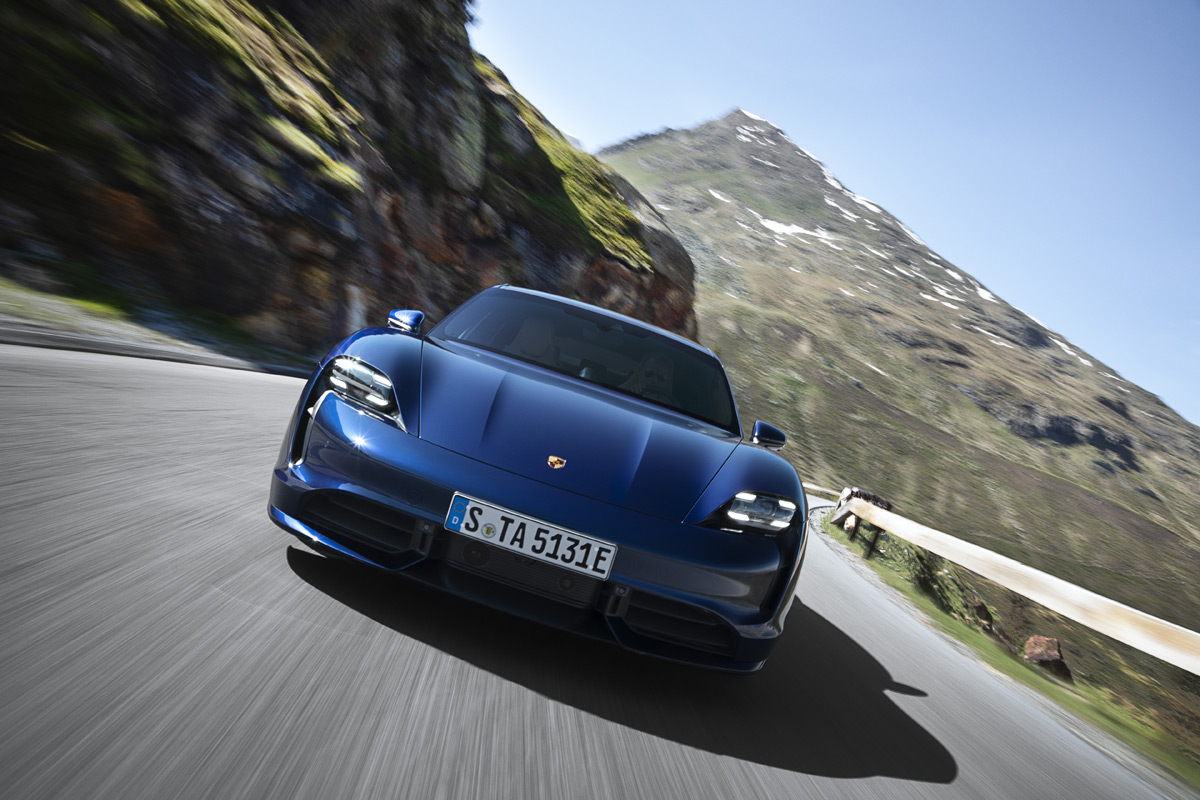
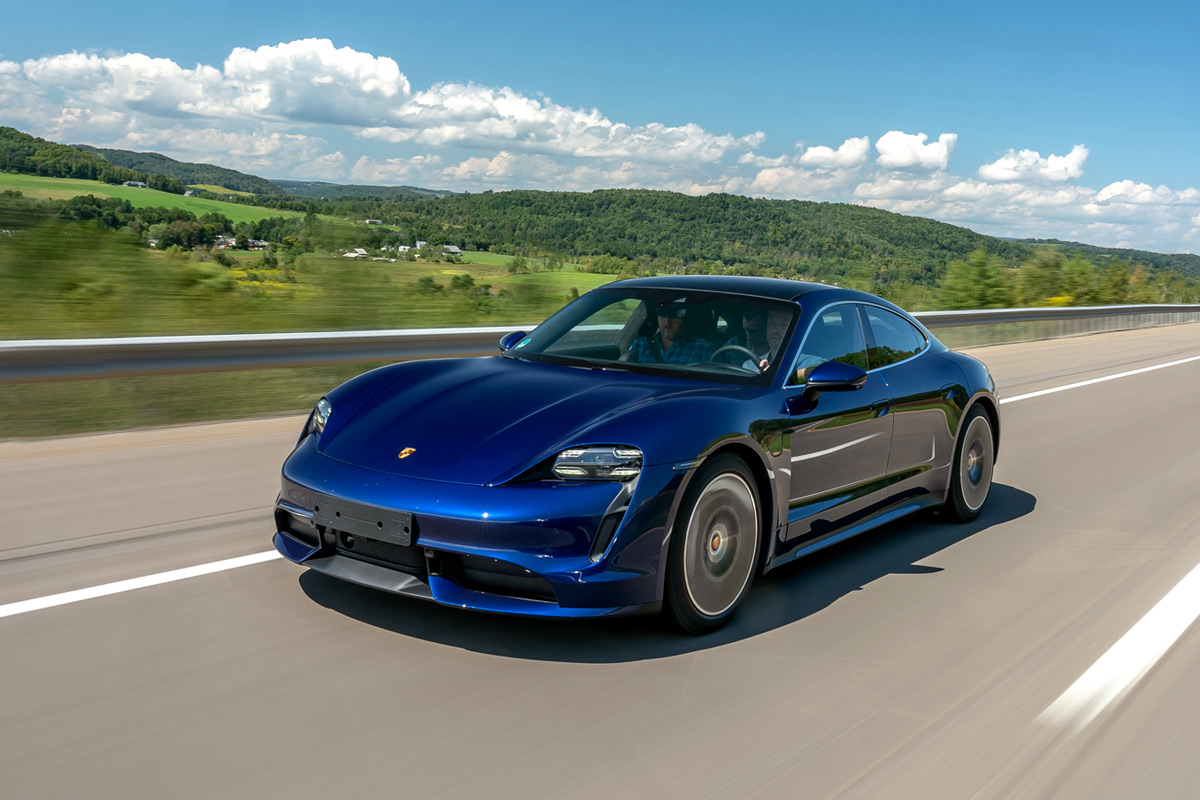
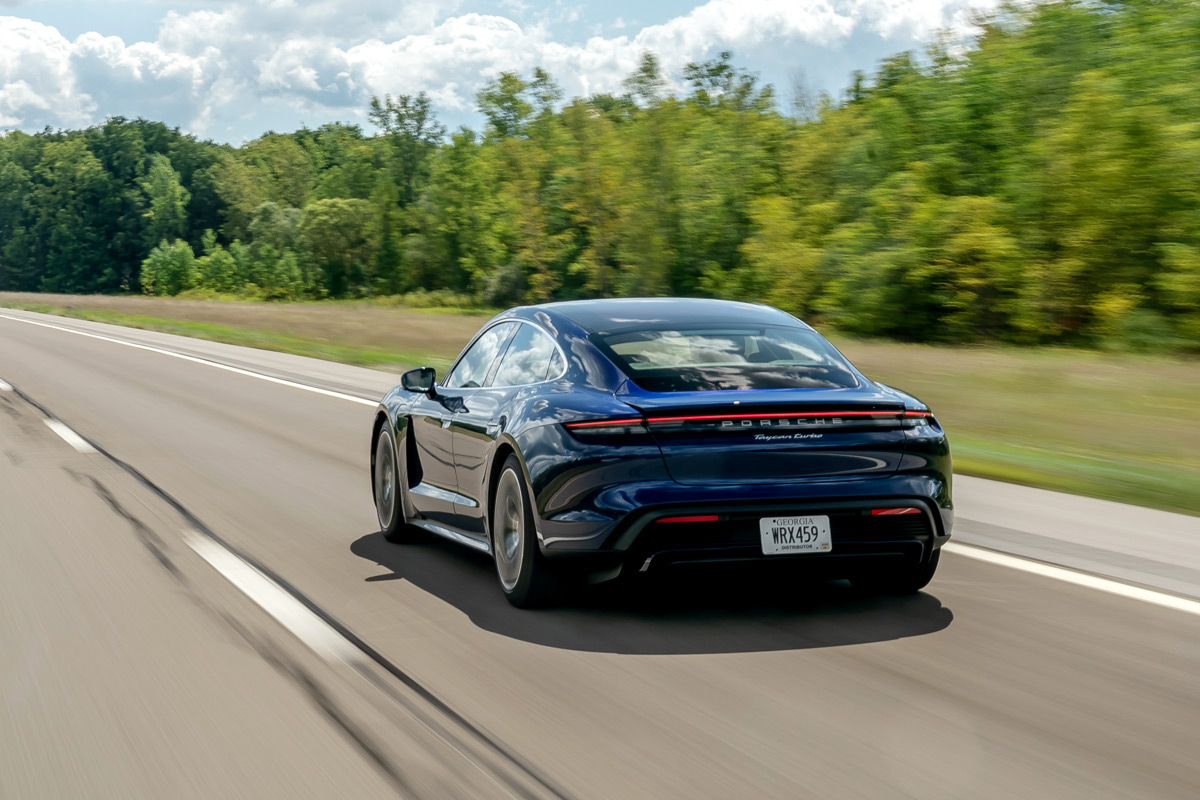
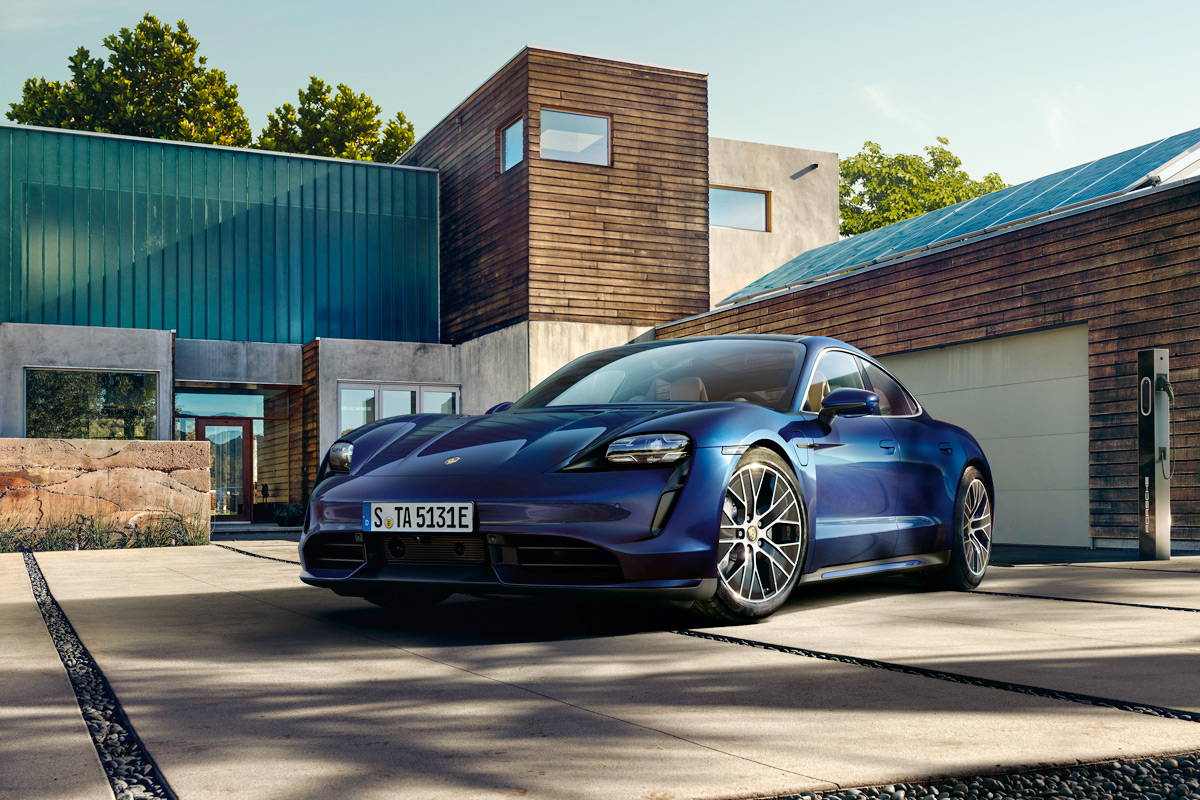
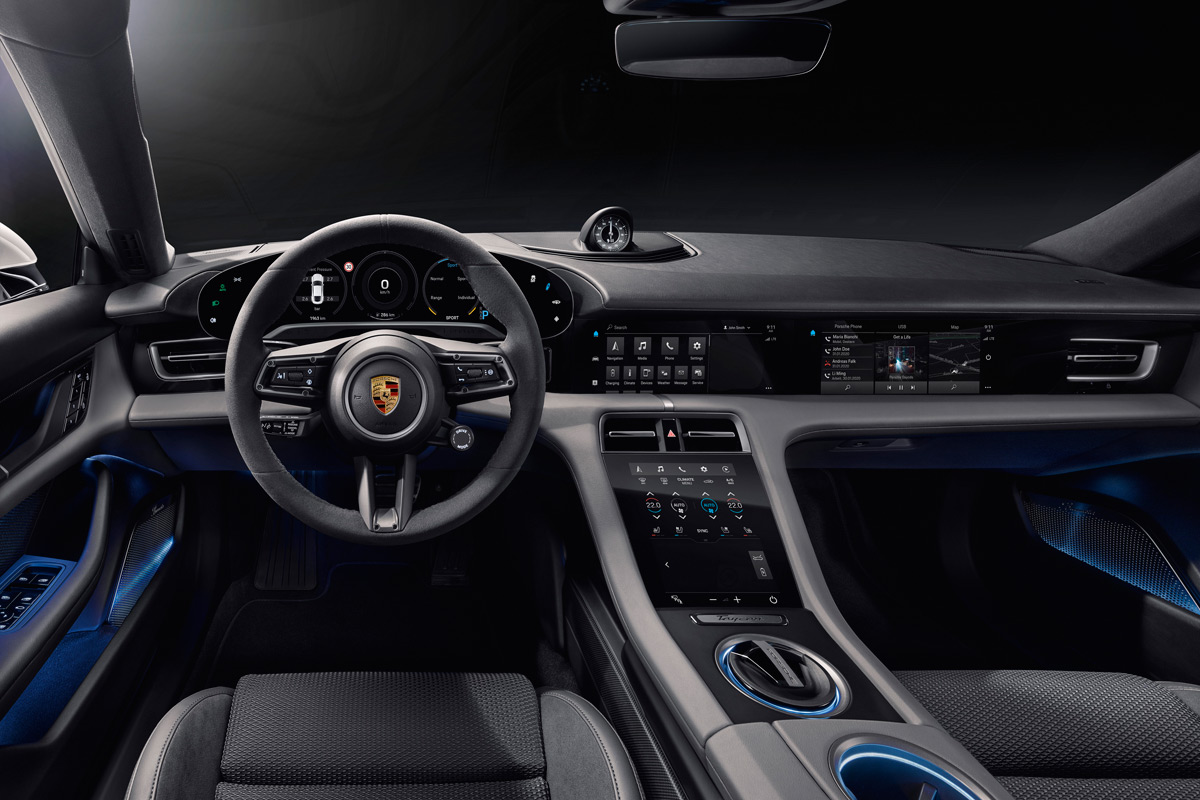
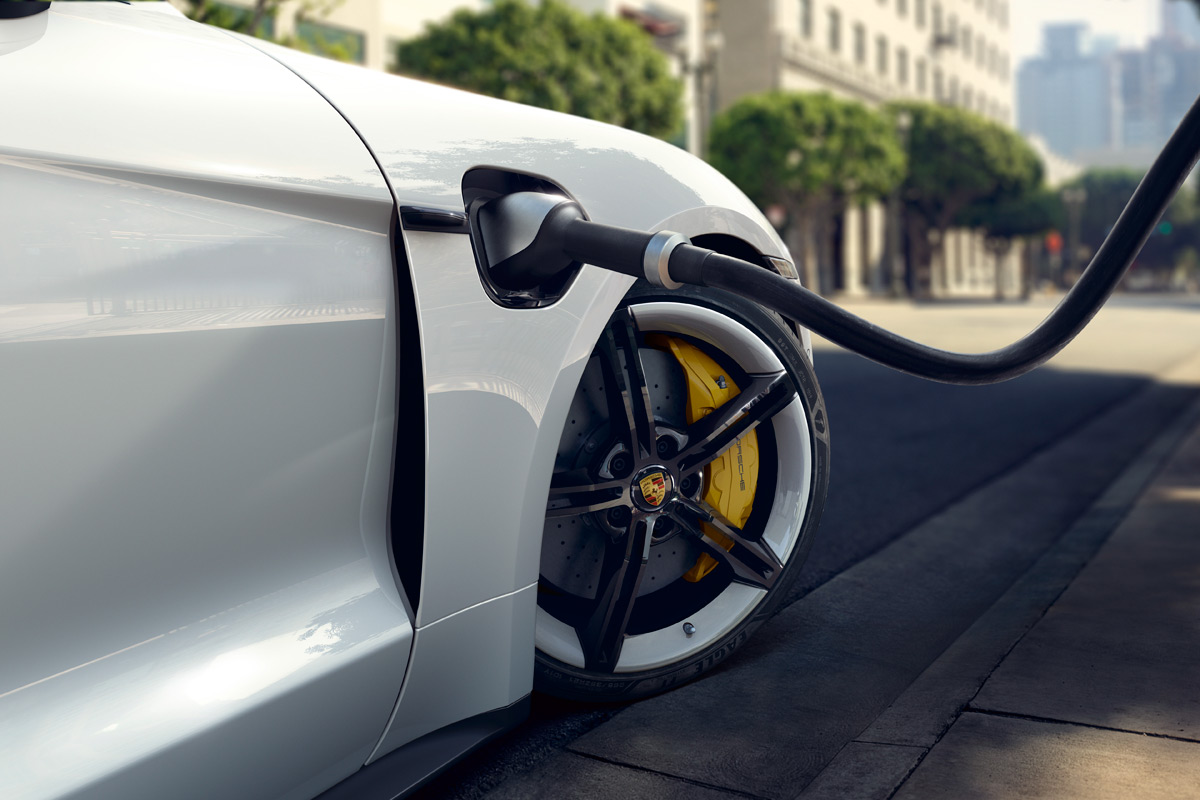









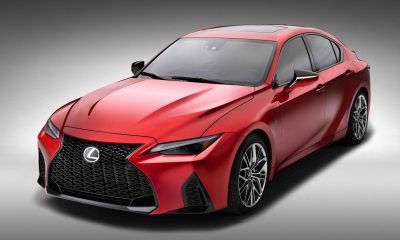

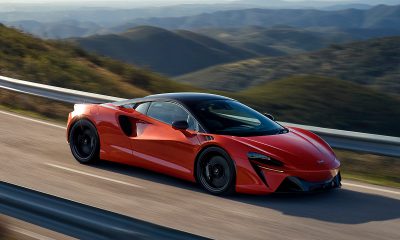

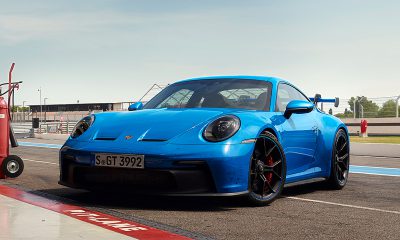

Recent Comments